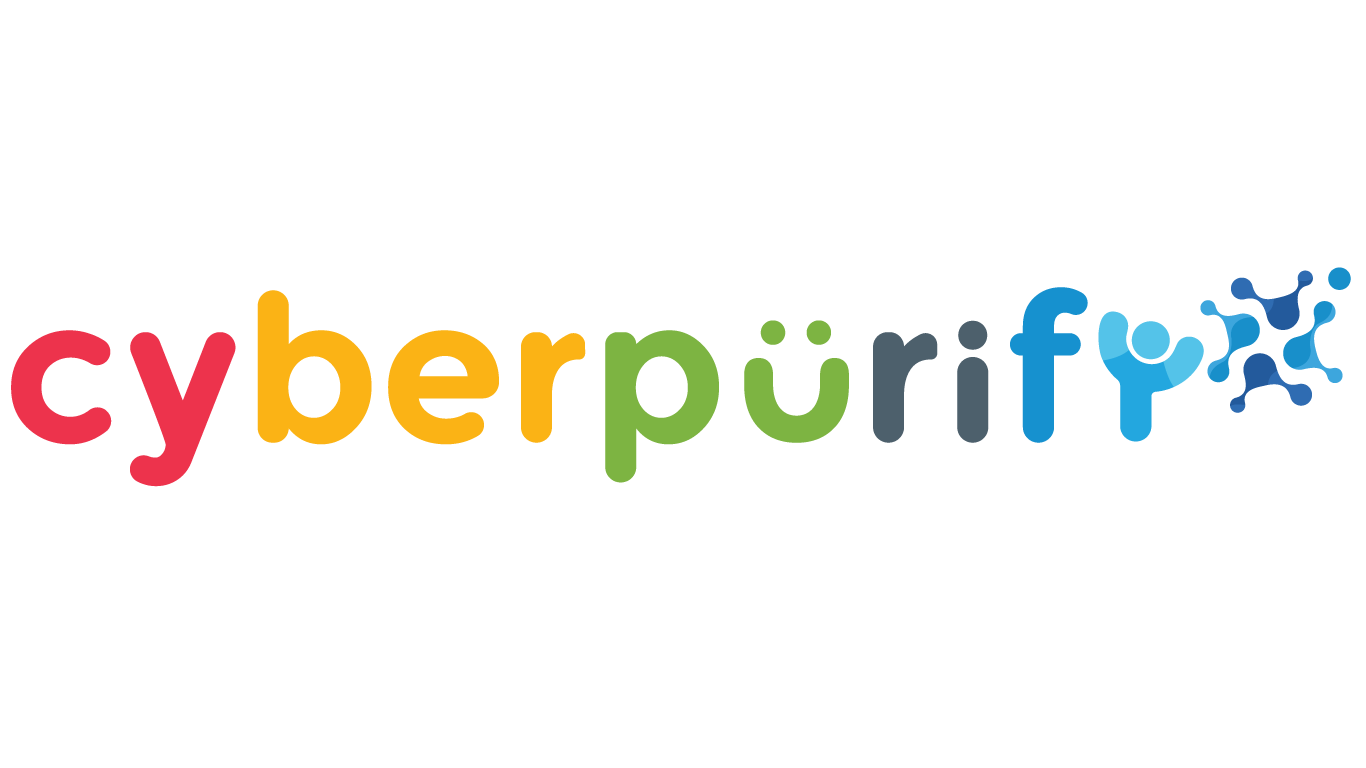If you are struggling in how to:
- Help your child know what should and should not be shared online
- Help your child know how to create GOOD digital footprints
- Help your child treat others online appropriately and cleverly
These 10 must-know tips below here is to keep children’s digital footprint secure!
Don’t forget to join us in Parents Support Parents community: Parenting: Internet Safety For Kids to keep your kids SAFE but still RESPECT their privacy!
10 must-know tips to keep children’s digital footprint secure! (Part 1)
Be selective about what you share online
Remind your kids to only share information that they are comfortable with others seeing. Here are 03 Be mindful:
- Be mindful before post: Consider whether the information you are sharing is necessary or appropriate to share.
- Be mindful of your audience: Consider who will be able to see the information you are sharing and whether it is appropriate for them. For example: teachers, family members, etc.
- Be mindful of your privacy settings: Use the privacy settings to control who can see your information and activities, only make it accessible for close friends and family members


4. Avoid sharing personal information: Be cautious about sharing personal information such as your full name, address, phone number, or date of birth, as this can potentially expose you to identity theft or other forms of online abuse.
5. Be careful about sharing sensitive information: Think carefully before sharing sensitive information such as financial or medical information, as this can be particularly sensitive and potentially harmful if it falls into the wrong hands.
Don’t overshare on social media
Some signs kids oversharing on social media:
- Check-in wherever they go!
- Post insights about personal relationships like family, friends, love, and more
- See Facebook, Twitter, Instagram, Tumblr, etc as a way to let go of all emotions
- Post photos or videos of their private stuff/information
- Too often post photos/videos of meals and cafes, etc.
You can read full signs to recognize the problems soon at 7 signs of your kid is oversharing on social media?
Oversharing is AWFUL
And this is why:
- Privacy concerns: Oversharing on social media can expose your children’s personal information to a wide audience, which can increase the risk of identity theft or other forms of online abuse.
- Mental health: Spending too much time on social media can lead to bad mental health: FOMO, craving for likes, low self-esteem when seeing others famous, etc.
Consider using a pseudonym
Using a pseudonym, also known as a screen name or username, can help protect your children’s privacy and anonymity when using the internet. Here are some reasons:
- Privacy: Using a pseudonym can help prevent others from learning your children real identity. This can be particularly important if your children are participating in online communities or forums where you may not feel comfortable sharing your children real name.
- Safety: If you are using social media to speak out about a controversial issue or to share personal experiences, using a pseudonym can help protect them from potential backlash or harm.
- Anonymity: This can be useful if your children want to express their opinions or participate in discussions without attracting unwanted attention or having your views attributed to your real identity.
And don’t forget to remind your children that:
Words do hurt. Thinking before sending!
Face-to-face communication allows us to rely on nonverbal cues to better interpret the conversations. When children communicate via messaging or commenting, they can’t see the other person’s reactions to what they are saying.
So certain words or punctuation may imply (negatively) different meanings than when they are spoken directly.
That’s why what happens online tends to be rougher, tougher. The evidence is that shamming or hurting others is common on social media, known as cyberbullying.
That’s why your children need to:
- Consider the tone and content of their message: Think about whether the words you are using are respectful, appropriate, and considerate of the feelings of others.
- Put themselves in the other person’s shoes: Consider how the other person might feel if they received their message and adjust their words accordingly.
- Think about the potential consequences: Re-reading all the things they are about to send or post because what they are going to make public can seriously affect their friends or other people, even in the worst cases, your children are contributing to making them commit suicide.
- Take a moment to cool off: If they are feeling upset or angry, take a moment to calm down before sending a message. It can be helpful to wait a few hours or even a day before sending a message to give them time to think about what they want to say and how they want to say it.
In short, treat others the ways they want to be treated. they should never say anything about anyone they wouldn’t want others to say about them – and remember that nasty comments may reflect on them for years to come.
Privacy settings tips for children’s digital footprints
- Use strong, unique passwords: Set passwords that are EASY for you to remember, but HARD for others to guess. And never share passwords with anybody!
- Be cautious about clicking on links: One important tip to keep children secure online is cautious about clicking on links or downloading attachments from unknown sources, as these can potentially expose their personal information.
-
Delete unused profiles: If your kids no longer use a particular online account or service, consider deleting it to reduce their digital footprint.
-
Regularly review their online presence: Regularly review their online presence and remove any unnecessary or sensitive information that they no longer want to be publicly available.
You may also find this helpful:















